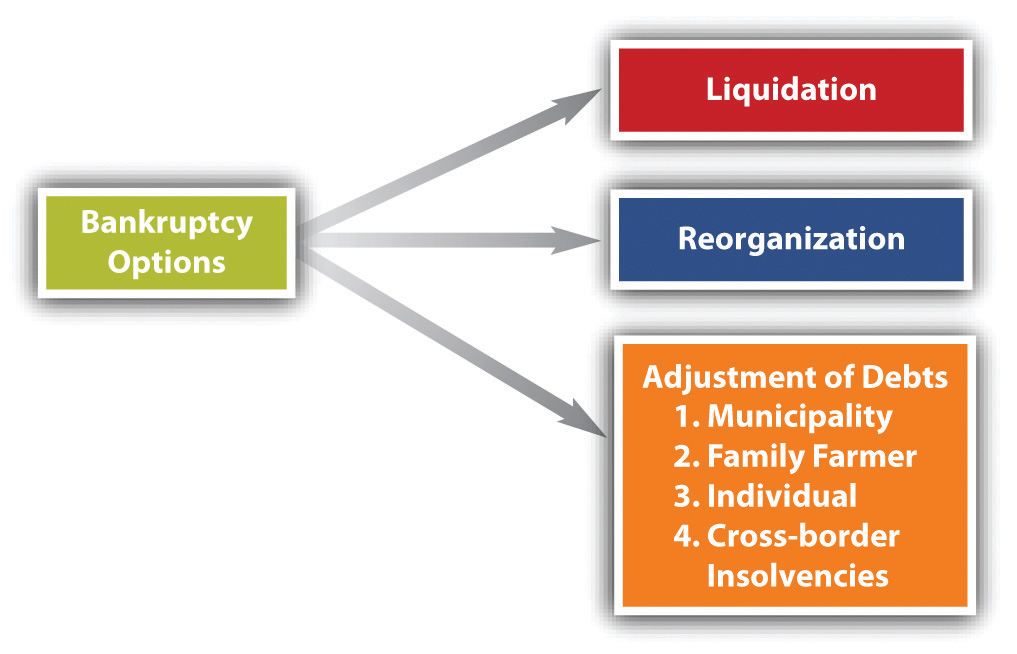
Fraudulent Conveyances Act 1571 (repealed by the Law of Property Act 1925).However, bona fide purchasers for value without notice are generally not liable for the actions of the fraudulent conveyer. They also prohibit the granting of fraudulent preferences, which purport to give certain creditors priority over other creditors in bankruptcy. Many provinces have statutes prohibiting fraudulent conveyances. Canada Ĭanadian provinces have jurisdiction over property and civil rights, which includes conveyances of property. The relation-back day is defined as either the day upon which the application for the company's winding-up was filed, or the date of the commencement of liquidation. Under Australian law, if a transaction is entered into by a company which subsequently goes into liquidation, and the transaction was entered into by the company for the purpose of defeating, delaying or interfering with the rights of creditors during the 10 years prior to the relation back day, the courts may set it aside. deviation from the usual method or course of business.secrecy of the transaction in question and.
Definition of insolvency in a fraudulent conveyance series#
the existence or a cumulative effect of a series of transactions after the onset of debtor’s financial difficulties.the financial situation of the debtor at the time of transfer or after transfer.the existence of the threat of litigation.the retention of possession, benefits or use of property in question.family or insider relationship among parties.becoming insolvent because of the transfer.

To prove actual intent, the courts have developed "badges of fraud", which, while not conclusive, are considered by the courts as circumstantial evidence of fraud: Because of that, creditors often have to rely on circumstantial evidence of fraud. Badges of fraud Įvidence of actual intent is rarely available to a creditor for it would require proof of someone’s inner thoughts. Courts and scholars have recently developed market-based approaches to try to make this analysis simpler, more consistent across cases, and more predictable. This analysis has historically required "dueling" expert testimony from both plaintiffs and defendants, which often led to an expensive process and inconsistent and unpredictable results. Subsequent transferees may also be targeted, although they generally have stronger defenses than immediate transferees.Īlthough fraudulent transfer law originally evolved in the context of a relatively simple agrarian economy, it is now widely used to challenge complex modern financial transactions such as leveraged buyouts.įraudulent transfer liability will often turn on the financial condition of the debtor at a particular point in the past. In a successful lawsuit, the plaintiff is entitled to recover the property transferred or its value from the transferee who has received a gift of the debtor's assets. For example, where the debtor has simply been more generous than they should have or, in business transactions, the business should have ceased trading earlier to preserve capital (see generally, wrongful trading).

It is important to note that the actual distinction between the two different types of fraud is what the intentions of the debtor were. Constructive fraud does not relate to fraudulent intent, but rather to the underlying economics of the transaction, if it took place for less than reasonably equivalent value at a time when the debtor was in a distressed financial condition. Actual fraud typically involves a debtor who as part of an asset protection scheme donates his assets, usually to an "insider", and leaves himself nothing to pay his creditors. There are two types of fraudulent transfer- actual fraud and constructive fraud.

However, when a debtor prefers to pay one creditor instead of another, that is not a fraudulent transfer.

Thus, if a transfer is made with the specific intent to avoid satisfying a specific liability, then actual intent is present. Overview Ī transfer will be fraudulent if made with actual intent to hinder, delay, or defraud any creditor. It is generally treated as a civil cause of action that arises in debtor/ creditor relations, typically brought by creditors or by bankruptcy trustees against insolvent debtors, but in some jurisdictions there is potential for criminal prosecution. A fraudulent conveyance or fraudulent transfer is an attempt to avoid debt by transferring money to another person or company.


 0 kommentar(er)
0 kommentar(er)
